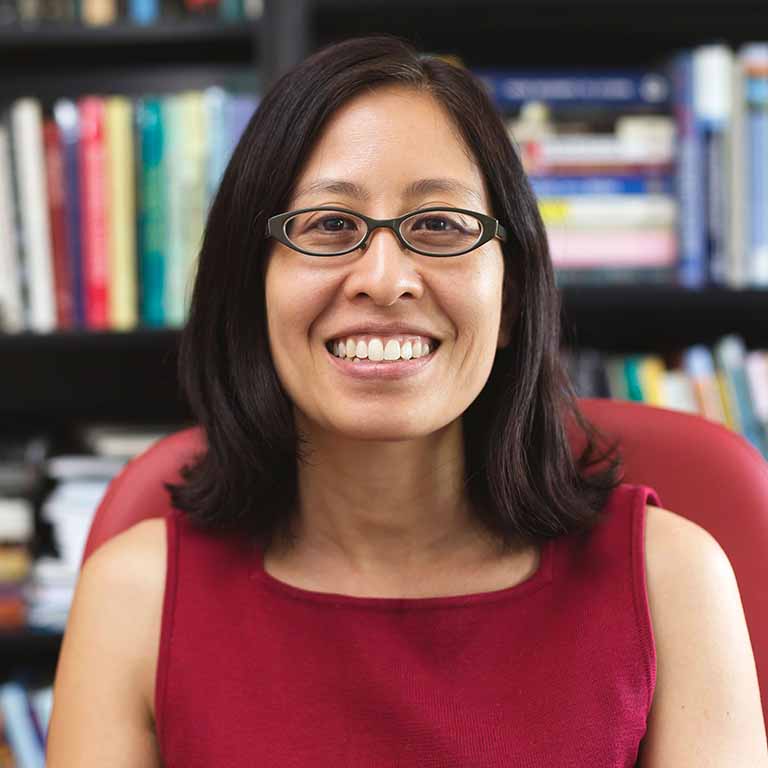Our findings indicate that more frequent contact with outgroup members in neighborhoods, workplaces, and public spaces is associated with greater tendencies to welcome, and to feel welcomed by others. We also find that race, skin tone, and language raise barriers to being considered—and considering oneself—American, yet perceptions of more welcoming interactions with the U.S.-born can counter these barriers and encourage both Indian and Mexican immigrants to feel American.
This research opens important lines of new inquiry into how local interactions can shape relations between and among immigrants and the U.S.-born in 21st-century America. We are continuing to work on new papers about how diversity, contact, and threat shape trust and civic engagement, and a book manuscript is in progress.
Another current project investigates the patterns and types of collective action related to immigration across the U.S., as well as the social conditions that influence when and where protest and civic action emerges. The study is based on statistical analyses of an original data set documenting collective action constructed from English- and Spanish-language newspapers. This research provides new insights on the civic and political integration of immigrants in the U.S. with an emphasis on understanding of adaptation as a group or collective process.
Teams of undergraduate students have contributed to this project by searching online newspaper databases and coding relevant information from articles to help create a large-scale data set of collective action events. Graduate students have helped to organize, code, and analyze the data, and to construct measures of the demographic and political contexts in which the events emerge. The results from this project appear in peer-reviewed scientific journals such as Social Problems, Social Forces, Socius, and American Behavioral Scientist. Our results indicate that areas with anti-immigrant activity and exclusionary state legislation rather than resources and political opportunities encourage immigrant collective action. We also find that in places where immigrants have small numbers and little political power, anti-immigrant activity is more likely. When there are conservative elites and voters in these locales, anti-immigrant activity is even more likely.
This research helps us to understand how political and demographic conditions shape the dynamics of immigrant-native relations and immigrant incorporation. We are currently in the process of expanding the event database and exploring how restrictive state legislation and local ordinances shape immigrant collective action over time and place.

 The College of Arts
The College of Arts